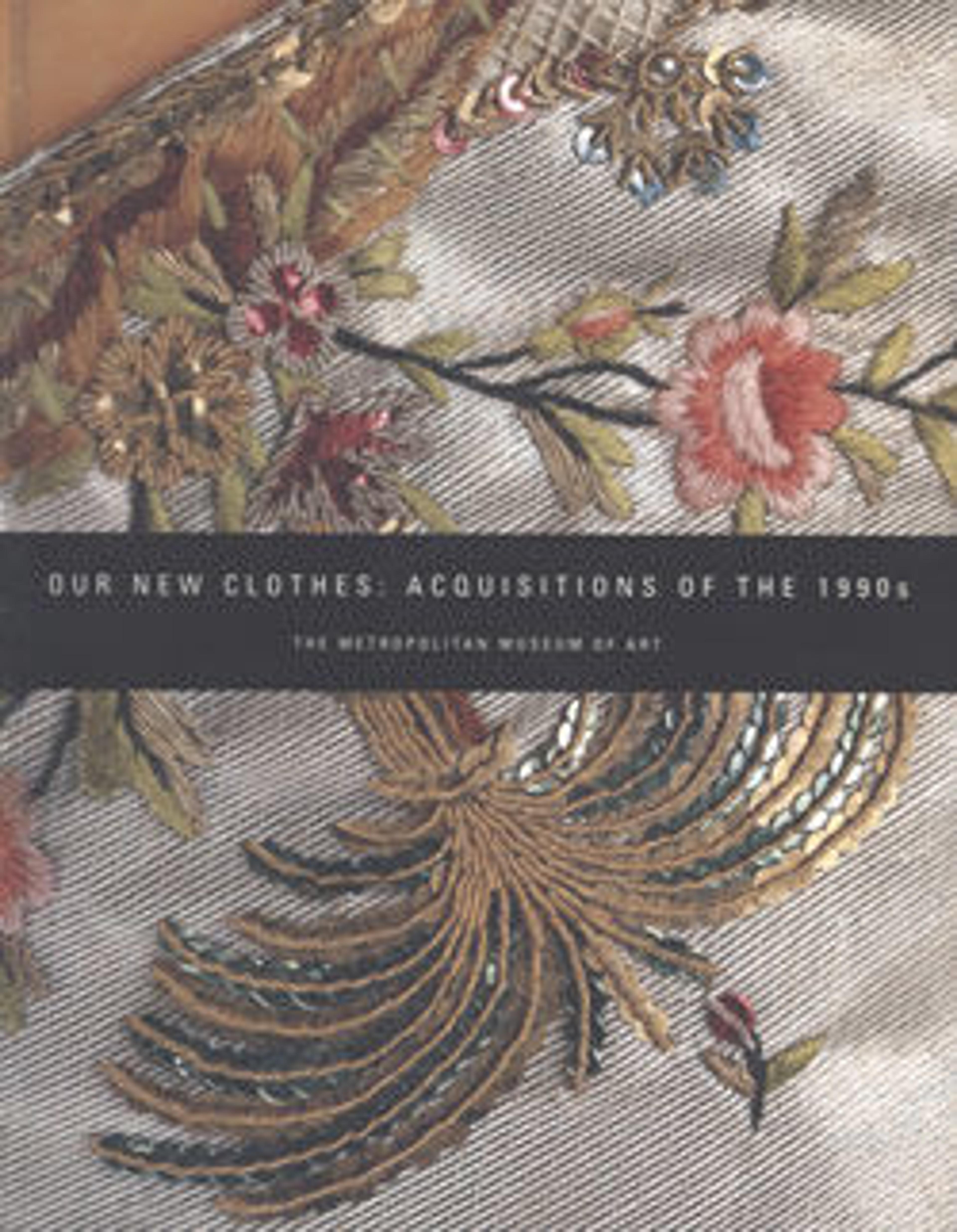Dress
The pigeon-breasted silhouette favored in the first decade of the twentieth century was called the monobosom. This wide well-padded expanse of bosom was the preferred ideal that persisted until World War I. Its massive pouch-like shape was a consequence of the lowered topline of the corset. The breasts were allowed to hang freely, so that their apex, if it were possible to discern (it is not), would appear to fall near the base of the sternum. Pulchritude was the effect essentially sought, but with no disclosure of the breast's natural form. Even in very décolleté evening gowns, cleavage was not desirable.
Artwork Details
- Title:Dress
- Date:1902–4
- Culture:American
- Medium:cotton
- Credit Line:Gift of Mrs. Oscar de la Renta, 1994
- Object Number:1994.192.18a–c
- Curatorial Department: The Costume Institute
More Artwork
Research Resources
The Met provides unparalleled resources for research and welcomes an international community of students and scholars. The Met's Open Access API is where creators and researchers can connect to the The Met collection. Open Access data and public domain images are available for unrestricted commercial and noncommercial use without permission or fee.
To request images under copyright and other restrictions, please use this Image Request form.
Feedback
We continue to research and examine historical and cultural context for objects in The Met collection. If you have comments or questions about this object record, please contact us using the form below. The Museum looks forward to receiving your comments.
